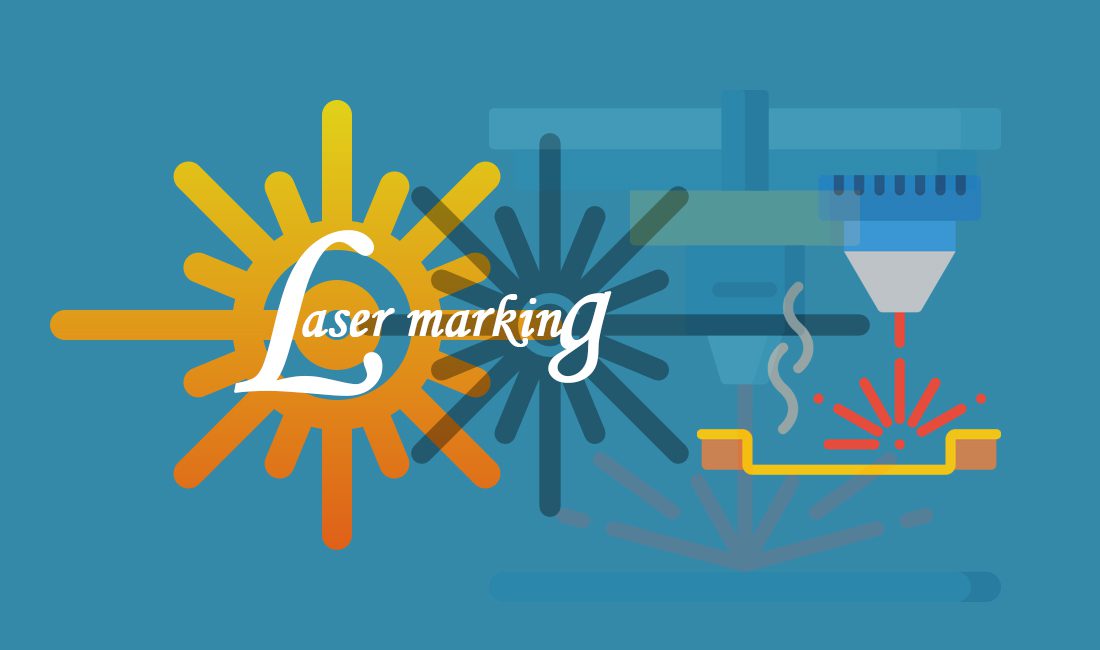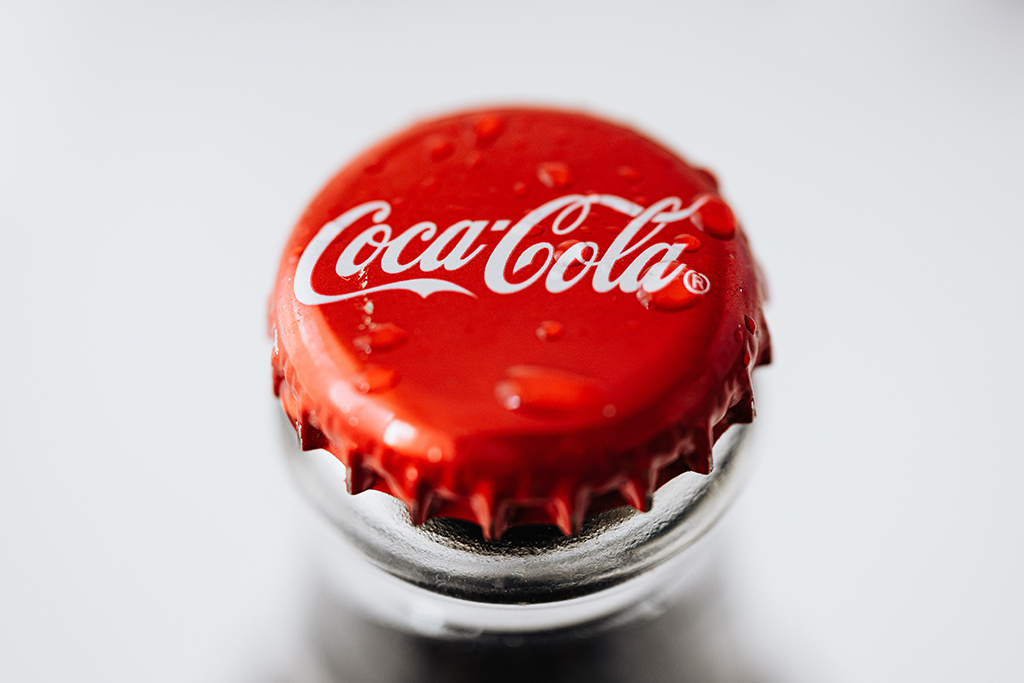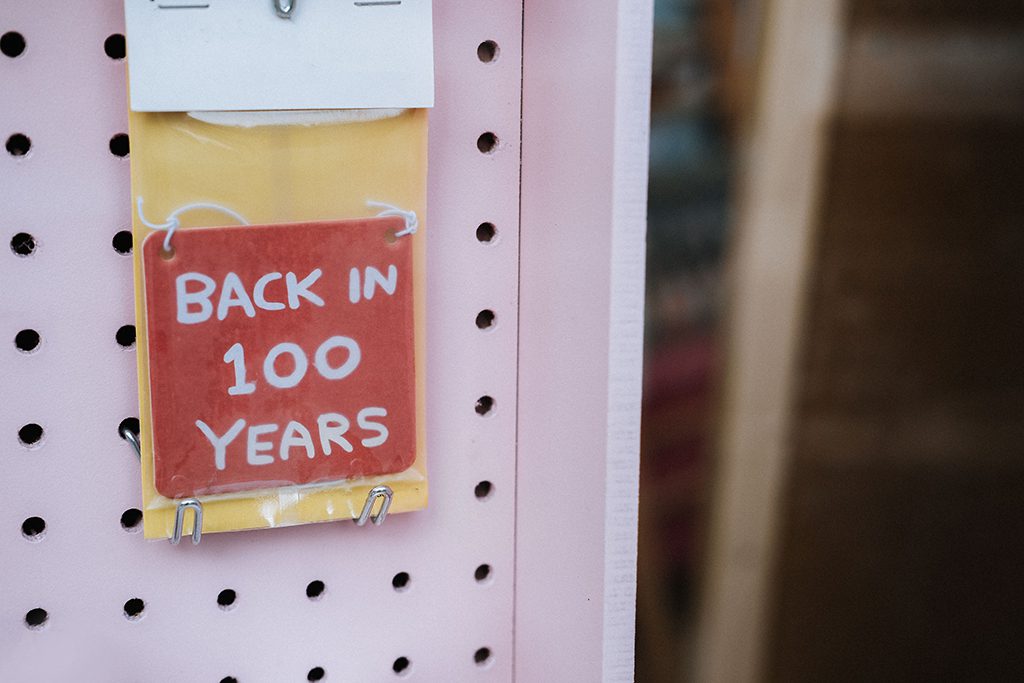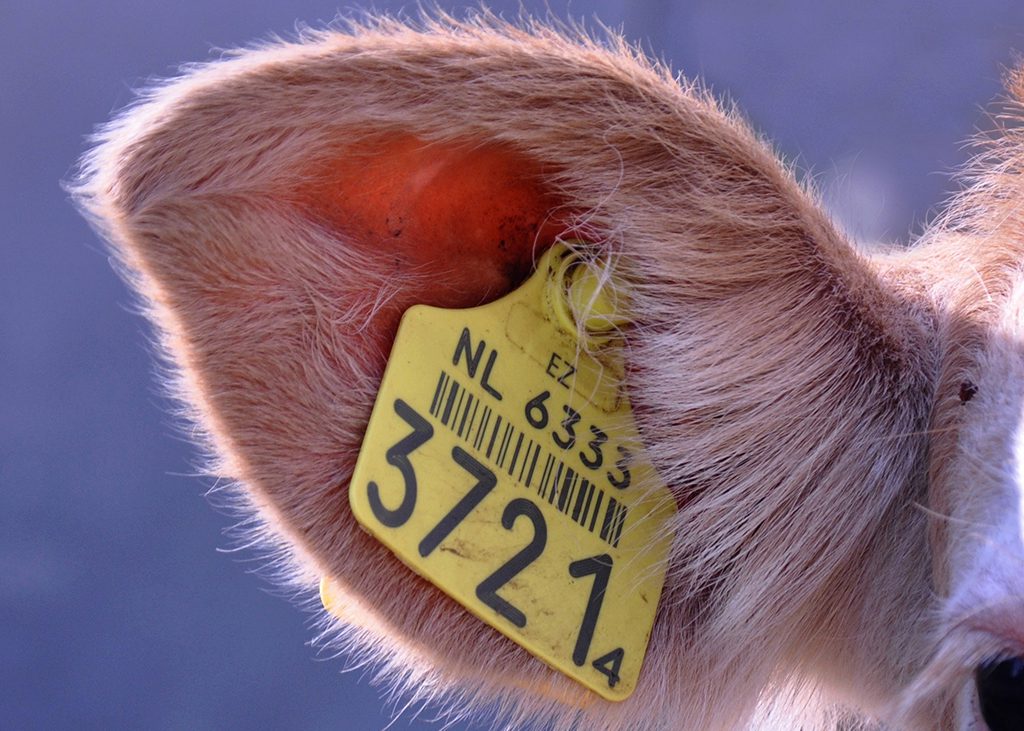
Last Updated on June 20, 2022 by
Laser Marking
Laser marking is a process that uses a highly focused beam of light to create a permanent mark on a hard surface to change the color. Laser marking has many applications but it is usually done by a fiber, pulsed, continuous wave, or UV laser machine.
However, this is not all about laser marking. Laser marking is a broad field that requires a great deal of knowledge. So, here are the key points about laser marking that everyone should know.
Table of Content:
Type of Laser Marking and Their Usage
- Annealing Laser Marking
- Carbon Migration Laser Marking
- Foaming Laser Marking
- Coloration Laser Marking
The Procedure of Laser Marking
Laser Marking Application
Advantages of Laser Marking
Disadvantages of Laser Marking
Type of Laser Marking and Their Usage
Laser marking is mainly classified into four categories: annealing, carbon migration, foaming, and coloration. Gold, silver, platinum, steel, titanium, palladium, brass, copper, and so on are used to be engraved with laser marking.
They become processed at high speed and leave permanent traceability marks. Plastics, ceramics, glass, and silicon can all be marked using lasers.
Laser marking types :
- Annealing Laser Marking
- Carbon Migration Laser Marking
- Foaming Laser Marking
- Coloration Laser Marking
 Type 1 – Annealing Laser Marking
Type 1 – Annealing Laser Marking
This laser marking technique uses low heating of the laser beam. When the metal heats up, oxygen diffuses under its surface and the metal begins to oxidize. In the meantime, the metal starts to change its color while cooling.
The maximum temperature of the metal’s surface during heating depends on the thickness of the oxide layer. However, most of the time, the temperature is counted at 3000 Ao or 300 nm.
Here are a few aspects of annealing laser marking:
- Metals that include carbon are mainly engraved by laser marking
- The oxidation process can produce different colors
- This is a time-consuming and drawn-out process
- In the medical field, this technique is quite common
Type 2 – Carbon Migration Laser Marking
Another type of laser marking is carbon migration. This occurs when metal combinations become heated and push them to link with carbon molecules chemically. As we know, the characteristic of carbon is to create a bond with the material. And because of this, it comes up with a dark color.
This laser-making technique is faster than annealing because it puts a high quantity of heat into a small area of a surface rapidly. Carbon migration is commonly used in metalworking and aerospace jewelry engraving.
Type 3 – Foaming Laser Marking
The foaming laser marking method is mainly utilized when a plastic product is dark and needs to add some color. However, this color could be tan or different light shades of tan. This color-changing process is mainly produced by a limited and managed liquid burn on the surface. When the surface layer becomes melted, it creates a foamy gas bubble.
Foaming is a beneficial procedure for making light effects, letters, symbols, and more. However, when it is needed to do laser marking on a product’s surface, these bubbles affect the material’s light refraction qualities.
But, it needs to be noted that foaming is not utilized on metal. It is primarily used on plastics only. Nevertheless, it plays a vital role in plastics and other industries that use polymer materials.
Here are some sectors where foam laser marking can be applied:
- Ink cartridges marking
- Keyboard scribbling
- Cosmetic package with markings
Type 4 – Coloration Laser Marking
The coloration marking process is mainly used for providing heat to a particular area of plastic or metal. By controlling the surface’s wave frequency, width, and other variables, one can develop a variety of shades and tones using this process.
Whenever this process modifies polymers within the plastic, a spectrum of colors is generated, which typically ranges from thermal to UV.
Moreover, metal coloring is achieved through an oxidation process applied to both treated and untreated surfaces. This allows users to be more creative with their coloration ideas, and it can even be used for other industrial design purposes.
As a result, colored marking lasers may often operate at a broad range of wavelengths, velocity, and power ratings.
The usage of this laser marking are:
- It is suitable for both metals and plastics
- The coloring procedure differs based on the material
- In both colored and black and white materials, it creates contrast
- The oxidation process produces color effects
Know more about laser engraving, laser etching, and custom laser engraving business.
The Procedure of Laser Marking
 Laser marking technologies are available in a wide range of shapes and sizes. So, to fulfill all the criteria, different types of machinery and equipment are usually needed. Each has its own set of features. The machine’s best way to operate is determined by the material you are working with and the application you are working with.
Laser marking technologies are available in a wide range of shapes and sizes. So, to fulfill all the criteria, different types of machinery and equipment are usually needed. Each has its own set of features. The machine’s best way to operate is determined by the material you are working with and the application you are working with.
But there are a few typical laser marking machines that almost everyone usually uses. Such as:
- Co2 Laser
- Fibre-Laser Techniques
- UV Laser
- YAG Laser
But, it is essential to follow all safety precautions when using any laser marking machine. Though laser marking is relatively safe to use, a range of safety is still good to take.
Have a look at the minimal information about this machine:
Usage of Co2 Laser
The CO2 laser is one of the authentic gas lasers with valuable varieties. Nowadays, this laser is the highest-frequency laser available. In the modern CO2 laser system, the laser beam is produced in an enclosed glass tube. After that, high-voltage electricity passes through the glass.
These effects boost energy and generate light.
Cutting and melting are common uses for CO2 lasers. Non-metallic substances and polymers are ideally appropriate for low CO2 laser marking equipment.
Fibre-Laser Techniques
For marking and engraving, fiber lasers appear to be the best lasers. This is a state laser with a minimal focus diameter and a good level of intensity compared to a CO2 system.
Stable markings, such as numbers and barcodes, are appropriate for this laser system. It is also ideal for metal engraving and high-contrast plastic markings. This can generate a powerful laser mark with a short focal diameter.
Mechanism of the UV Laser
UV lasers were designed to mark a few practical things, such as plastics and glass, but they can also be used to engrave a wide range of materials, including metals and paper.
These lasers are designed to work with high-density and low-density polyethylene and synthetic fibers, making them ideal for laser engraving applications. But while doing it, the product’s surface must be protected.
Use of YAG Laser
Flash lamps or lamp-pumped lasers are other names for YAG lasers. This technique uses a bulb to pump the laser and a crystal to gain a medium.
Both are set in an optical resonator, which reflects light and helps with laser light production.
YAG lasers are well suited for industrial applications requiring high peak power and deeper engraving.
Where a fiber laser is more user-friendly and better suited for smaller projects, carbon dioxide lasers are less intense than other types of lasers, so many users are not highly interested in using YAG lasers.
Laser Marking Application
 When the first laser devices were introduced in 1965, their uses were limited to cutting. But after the development of more processes, laser machines have become significant.
When the first laser devices were introduced in 1965, their uses were limited to cutting. But after the development of more processes, laser machines have become significant.
Laser marking technologies are being used in a variety of sectors. Product labeling is one of them. But, nowadays, lasers are used to mark QR codes, serial numbers, bar codes, dates, and item numbers.
Most metals can be engraved with laser markings, such as plastics, ceramics, glass, and silicon. Depending on the material, composites, graphite, rubber, and LEDs can be marked in black or any other shade.
Laser marking is also used for engraving costly jewels such as rubies, sapphires, and diamonds.
Advantages of Laser Marking
Laser marking has many benefits over inkjet laser and chemical etching because chemicals and inkjet marking are not eco-friendly. Laser marking is both user and environmentally friendly in this case.
This even saves money and time by removing the costs and maintenance related to cleaning, repairing, and powering printers.
Including this, there are a lot of advantages to using laser marking with lights. Here are a few:
- The procedure is both safe and environmentally friendly
- Manufacturers can use laser marking to follow federal laws and regulations
- It has a low operation cost
- Computing efficiency is high
- The laser marking process maintains the quality of the product
- The speed is very smooth and fast
Disadvantages of Laser Marking
The resources for laser marking are limited, so if any manufacturer cannot match the requirements, the production will face a loss.
Such as- A Co2 laser marker cannot mark metals, and it needs fiber laser marking. But fiber laser marking is more costly than Co2 laser. As a result, manufacturers can not swap their needs for them.
The following are some of the disadvantages of laser marking:
- Need skillful resources
- It maintains a few requirements
- Thermal cutting fumes can be harmful
- Though it is cost-effective, it is still more expensive than waterjet, inkjet, and plasma cutter
Bottom Line
To conclude, laser marking has become very popular nowadays because people are appreciating product customization and design. By following all the aspects and advantages of this, it could be utilized in a vast way.
Moreover, as you can see, laser marking has great market value too, so why do you not open a store on Shopify and use any product customization plugin?

